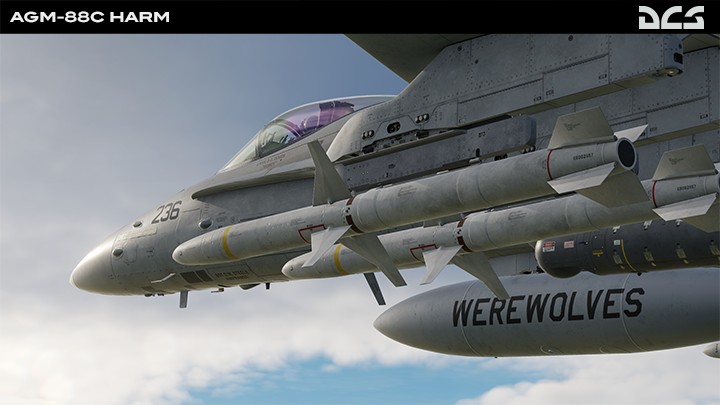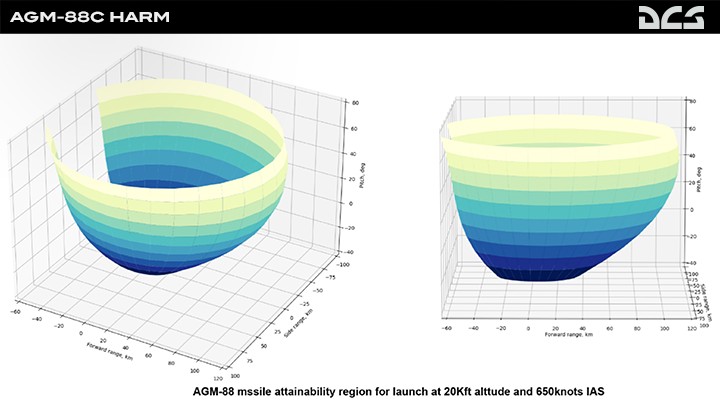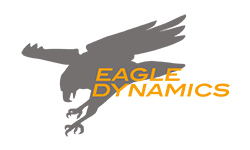HARM
Development Report

Predicting optimum missile flight profile and envelope range limits.
At first, we updated the HARM missile autopilot to make lofted trajectories more realistic. This is now not only limited to constant climb angle but also includes semi-ballistic flight with an optimal angle that provides a smooth trajectory, increasing missile velocity at impact and minimising time of flight.
Optimal loft angle is computed by the aircraft and passed to the missile prior to launch. To calculate the missile range envelope we used a regression model which required us to perform tens of thousands of HARM launch simulations in varying conditions. The generated data was then passed to our regression model and compiled into just a few equations with several dozens of relevant coefficients.
Solving these equations with respect to different variables allows us to obtain different types of usable data. For example, on the Viper’s HUD you can see maximum missile range, missile range for current flight conditions and pitch or turn angle required to hit the target within missile range.
Missile range depends on the aircraft velocity, altitude, pitch and azimuth to target, thus the missile’s range envelope is bounded by a 4D hyper-surface which we can represent partially for fixed altitude and velocity, which defines a section of the 4D surface. Below you may see such a section with range depending on target azimuth and aircraft pitch only.

We hope that this brief summary of the new features which will be released will help you to prepare for this next big update and we look forward to sharing more information regarding DCS World 2.7 next week.
We are very excited by the upcoming improvements and have you to thank for staying by our side during these challenging times.
Thank you for your passion and support.
Yours sincerely,
Eagle Dynamics Team
|

